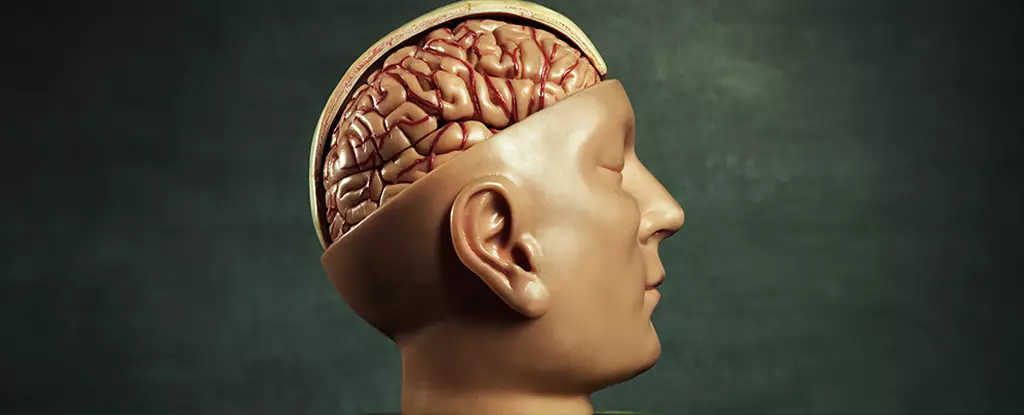The living brain has the texture of soft-set blancmange, and is protected from harm by the skull. Despite being a tough nut to crack, the bone would probably prove the easiest structure to negotiate. Modern neurosurgical techniques make use of craniotomy saws to remove a patch of skull, and access the brain underneath. It’s worth noting that not all neurosurgical operations reach the brain this way. The pea-sized pituitary gland sits upon the brain’s base, just behind one of the sinuses at the back of the nasal cavity. In this case, it makes sense to use the nose instead for pituitary surgery. Although the nose wouldn’t be big enough to insert a new brain through, it can certainly act as a route for removing one – albeit in pieces.
Nerves don’t simply join back together. As soon as you’ve cut them, they typically begin to disintegrate and die, though some are more resilient to damage than others. Research groups around the world experiment with how to promote regrowth of nerve cells after damage to avert neurological symptoms. Ideas about this might be achieved are manifold but include use of chemicals or grafting in cells that stimulate neuronal recovery. Researchers have also suggested that a special biological glue could be used in order to stick two cut ends of a severed nerve or spinal cord back together. Removing the old brain will have also required cutting through the arteries which provide blood. This will also have cut off critical oxygen and nutrition, which will also require recoupling.
Most transplant surgeries require donors matched to recipients, since the body’s normal reaction to unknown tissues is to reject them. The immune system sends a cavalry of white blood cells and antibodies to attack and destroy, convinced this new presence means harm. Normally brains are protected from this onslaught by another shield, called the blood-brain barrier. If not properly reconstructed during the operation, the donor brain could be open to attack. It’s equally important to consider how the brain will react to its new home. In Poor Things, Bella Baxter’s brain and body were reported to be “not quite synchronised”. But brains can learn to grow. So, just as babies gain an arsenal of thoughts, behaviours, skills and abilities during their childhood development, a transplanted brain might do the same.
The neurosurgeon Sergio Canavero announced in 2015 that he could soon be capable of performing the world’s first human head transplant procedure. This would mean that it would be possible to remove someone’s head and graft it onto the neck and shoulders of another person. As of yet, this has only been performed on cadavers and not on living humans. But how feasible is it truly to perform a brain transplant? The living brain is a delicate organ with intricate connections to the body. Removing a brain requires cutting through the 12 pairs of cranial nerves which come directly off it, and the spinal cord. Nerves do not easily regenerate and the brain requires a constant oxygen and blood supply to function properly. The practicalities in performing such a complex operation raise significant challenges, making brain transplantation currently remain the stuff of science fiction and cinema.
Feasibility according to basic anatomy and physiology make developing such a complex procedure unlikely. But with advancements in technology, expertise, and funding, the possibility of brain transplantation becoming a viable medical procedure in the future is not entirely out of the question. The possibilities and implications of brain swapping remain a topic of science fiction and a cause for ethical contemplation, as depicted in films like Poor Things. As we continue to explore the boundaries of medical science, the idea of brain transplantation may one day shift from fiction to reality, but many challenges and ethical dilemmas will need to be overcome before that day arrives.


Leave a Reply